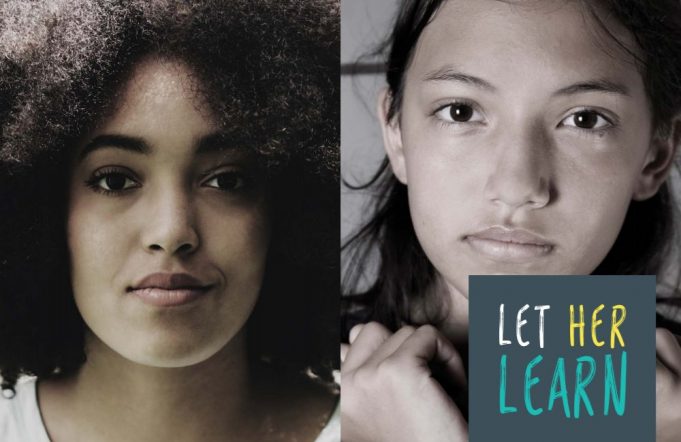Black girls are twice as likely as any other student to be suspended, and 5.5 times more likely to be temporarily kicked out of school than their white counterparts, according to a new report. And it’s not because of more frequent or serious misbehavior.
That’s one of the many interesting findings of Stopping School Push Out: For Girls of Color from the National Women’s Law Center, which examined a host of issues that disproportionately impact girls of color. Its researchers placed the bulk of the blame on racist and sexist stereotypes that educators and school officials sometimes harbor about black girls, as well as a web of social circumstances, including their overrepresentation in schools with limited resources that hampers their access to experienced teachers and counselors.

The National Women’s Law Center is a non-profit organization that has worked for more than 40 years to expand opportunities for women and their families, with a major emphasis on education and employment opportunities, women’s health and reproductive rights, and family economic security.
“Black girls face high and disproportionate suspension rates across the country – and it’s not because they are misbehaving more frequently than other girls,” said Neena Chaudhry, director of education at the women’s law center. “This uneven discipline is often the result of deeply ingrained racist and sexist stereotypes that push black girls out of school.”
NWLC data reveal also how black girls are excluded from participating in programs that are thought of as traditionally male, increasing barriers to educational and financial success. For instance, almost a third of black girls attend high schools with no chemistry or calculus programs, while only around 18 percent of white girls do. This is part of the reason that women of color are underrepresented in STEM (science, technology, engineering and mathematics) fields.

The report also highlights how the underfunding of black schools manifests itself in how girls of color are educated. The study’s data show that as the percentage of black student populations rises at schools across the country, schools statistically hire fewer counselors per student and more law-enforcement officers.
The report says that girls of color are more likely to attend under-resourced schools that are not culturally competent or personalized to their needs or interests, which negatively affects their educational opportunities and future earnings. Yet despite these obstacles, the Let Her Learn Survey also revealed that girls of color, as well as girls overall, are motivated to graduate and continue their education, and want help doing so.




























